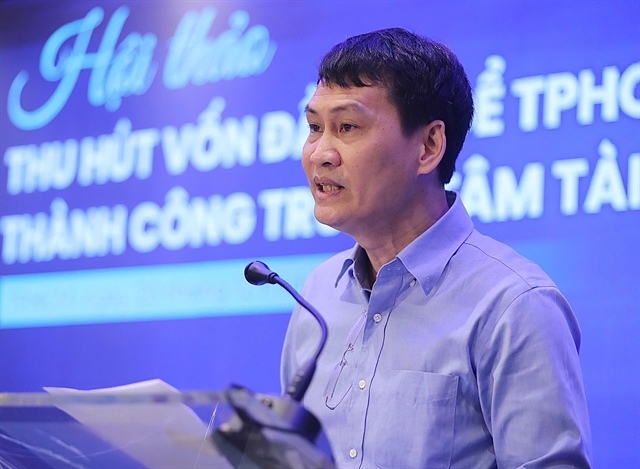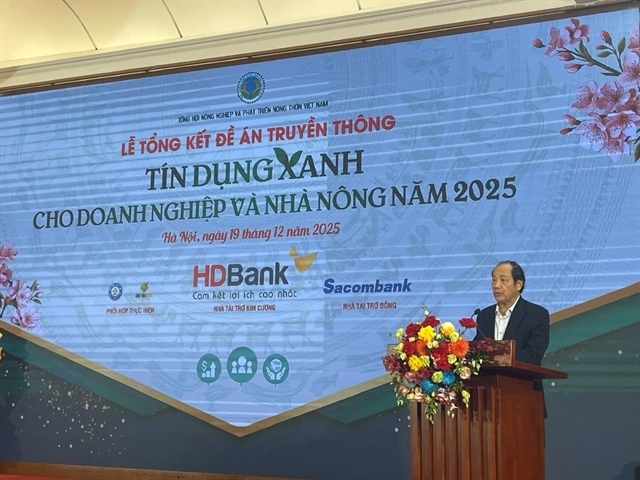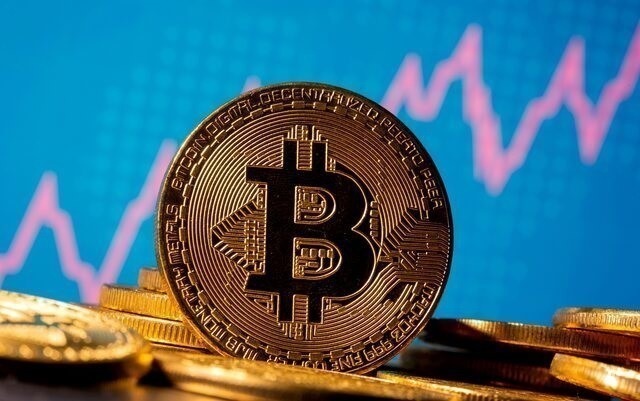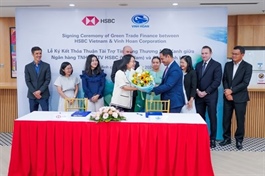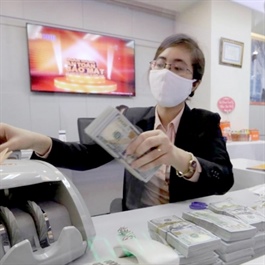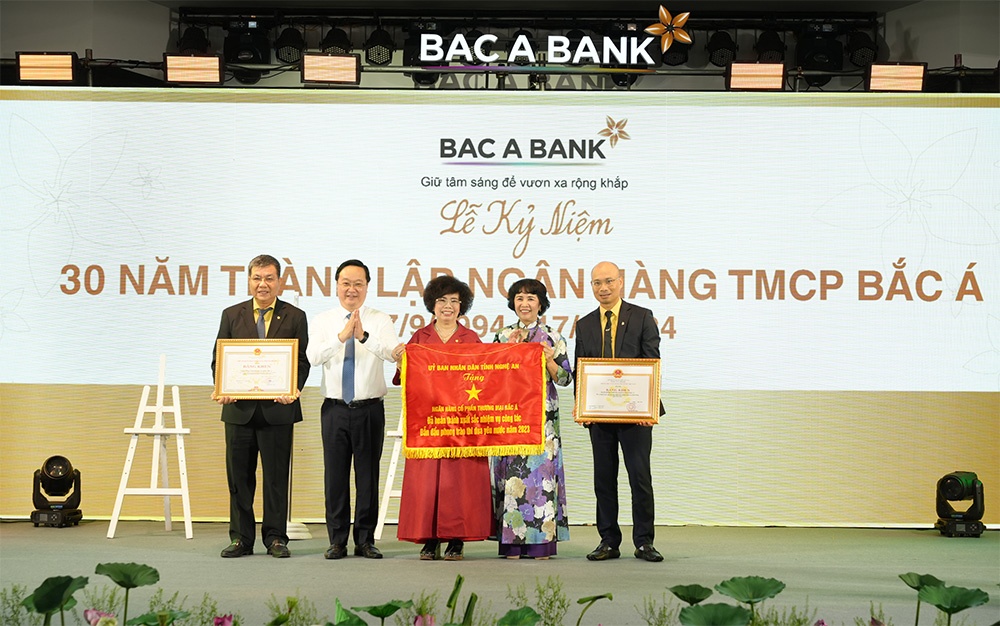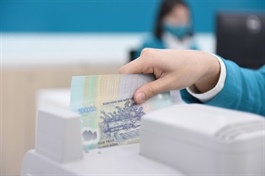IFC's investment capital in Việt Nam reached over US$1.6 billion
IFC's investment capital in Việt Nam reached over US$1.6 billion
IFC’s total commitments in Việt Nam reached over US$1.6 billion, including over $750 million in long-term finance, in fiscal year 2024 ending June 30.
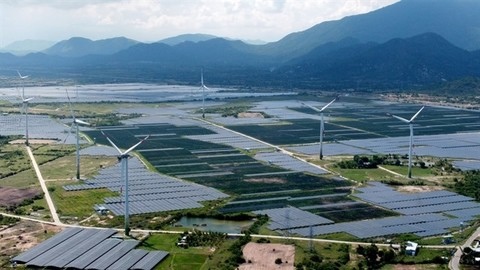
A wind farm in Ninh Thuận Province. — VNA/VNS Photo |
Notably, a total of $310 million in new long-term financing was committed to projects that will help address climate change and marine plastic waste.
Việt Nam received the highest volume of IFC's own-account climate financing in the fiscal year 2024 in the east Asia and Pacific region.
IFC also provided $896 million in short-term trade and supply chain finance to local companies to boost trade flows, helping them grow business and create more jobs.
Moreover, the institution supported Việt Nam’s first blue bond and green bond issued by Southeast Asia Joint Stock Commercial Bank (SeABank), which will help promote a sustainable ocean economy and increase climate resilience.
SeABank was also the first private bank to issue a green bond in the country with IFC’s support.
Setting a precedent, IFC facilitated the issue of the country’s first local currency sustainability-linked bonds, issued by BIM Land Joint Stock Company and its subsidiary, Thanh Xuân Joint Stock Company. It will help to foster a more sustainable tourism sector.
“IFC's funding will signal the viability of a climate-finance market in Việt Nam, encouraging banks to tap into this new segment and pushing real sector investors to align their interests with responsible investment and mobilise funding from sustainable capital markets, supporting the country's low-carbon growth model," IFC Country Manager for Việt Nam, Thomas Jacobs, said.
IFC also partnered with VPBank to set up a $30 million supply-chain finance facility to back local importers and exporters.
A $60-million platform, co-funded by IFC and Welcome Financial Group, aims to help financial institutions resolve their non-performing loans, freeing up capital for new lending and allowing defaulted borrowers to rebuild their creditworthiness.


